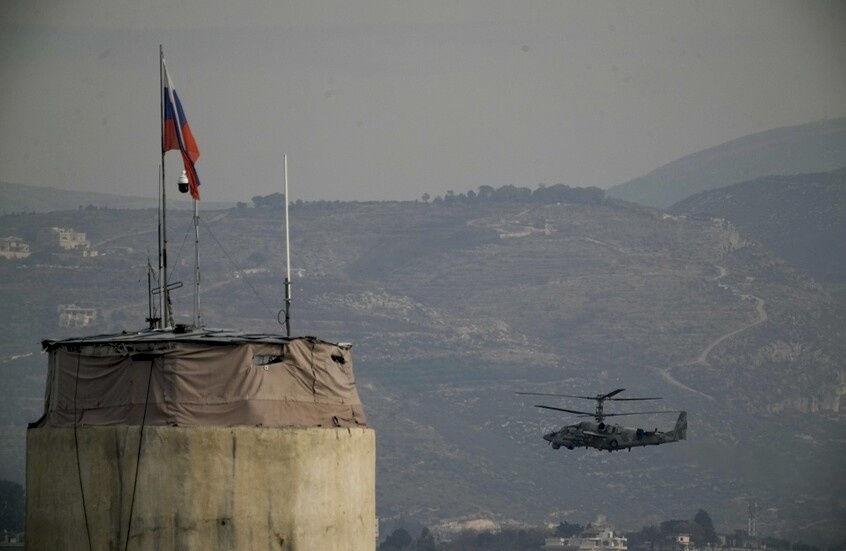
Russia Begins a New Phase of Testing Advanced Aerial Weapons
SadaNews - Since the beginning of October 2025, Russia has started a new phase of testing advanced aerial weapons in its war against Ukraine, using guided bombs with rocket propulsion known as "KAB". These bombs represent a significant development in the Russian arsenal, as they attempt to make conventional bombs more effective and long-range, possibly paving the way for a phase known as "guided bomb warfare" after "drone warfare", according to a report by a French newspaper.
The Nature of the New Bombs
The "KAB" bombs are not entirely new; they are modified conventional aerial bombs. However, changes have been made to them, as stated by the French newspaper Le Parisien, as they have been equipped with precise guidance systems and small engines similar to those used in small missiles.
This enhancement gives them, according to the newspaper, the ability to fly long distances (between 150 and 200 kilometers) instead of free-falling like regular bombs.
According to what the newspaper attributed to Vadym Skibitskyi, Deputy Head of the Ukrainian Military Intelligence, these bombs represent "long-range experimental aerial munitions" being tested in the field before entering mass production.
During this month, Russian forces have used these bombs to strike the city of Kamianske in the Dnipro region, as well as the cities of Mykolaiv and Lozova, according to Ukrainian sources, which reported the sighting of three bombs moving at high speed before exploding and creating smoke clouds over Kamianske, marking the first attack of this kind in that region.
These attacks demonstrate Moscow's desire to expand the range of its air strikes without needing to approach the front lines, as Russian aircraft - such as the **Su-34** and **Su-24** - can launch these bombs from safe distances, according to Le Parisien.
Regarding Russia's goals in developing this weapon, the newspaper quoted analysts as saying that Moscow seeks with this type of bomb to:
Intelligence information indicates that Russia has already begun limited production of updated models of these bombs, under the names **Grom-1** and **Grom-2**, equipped with unified guidance and trajectory correction systems.
From the Ukrainian side, the newspaper clarified that these bombs are not currently viewed as a strategic threat.
It quoted Yuriy Ihnat, spokesman for the Ukrainian Air Force, as saying that despite their long range, these bombs remain similar in performance to cruise missiles and can be intercepted by modern air defense systems.
He also stated that their use does not change the balance of forces on the ground, but represents a new step in Moscow's adaptation to the developments of the war.
On the other hand, the Ukrainian response consists, according to the newspaper, of working on a similar project through the "Mediwod Design Office" which is developing local guided bombs known in media as "Ukrainian KAB".
These bombs aim to convert old aerial munitions into precision weapons with a range of up to **80 kilometers**, which is less than the current Russian range, but they represent a step towards local self-sufficiency in the manufacturing of smart munitions.
In brief, the new Russian KAB bombs represent a new phase in the aerial arms race between Russia and Ukraine.
Source: Le Parisien

Syria: Infiltration of 6 Israeli Military Vehicles in Southern Quneitra Countryside

Thailand pledges to continue military operations against Cambodia

Whitakoff meets Zelensky and European leaders in Berlin

Trump Launches a New Phase of Escalation Against Maduro

British Sanctions on Hamidti's Brother and Leaders of the "Rapid Support" Forces

"The Wall Street Journal": U.S. Forces Raided a Ship on Its Way from China to Iran

Israel Launches Series of Airstrikes on Southern Lebanon

